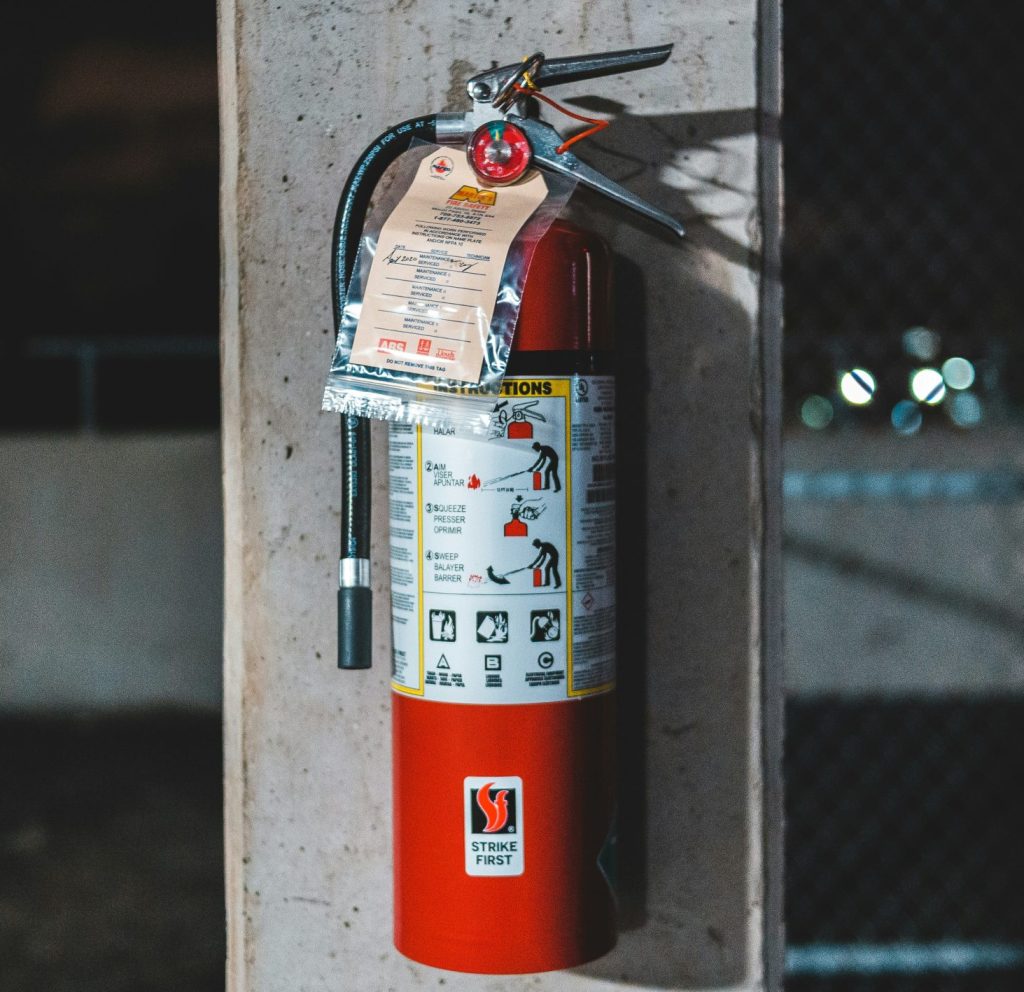Water
Most water–whether from a building, a rainstorm, or exterior cleaning activities– eventually reaches surface waters (streams, creeks, rivers, ponds, lakes, or wetlands). The City of Ann Arbor and the University of Michigan (U-M) use separate sanitary and stormwater systems to handle wastewater and stormwater runoff.
Sanitary sewer systems transport wastewater from drains within homes, offices, restaurants, laboratories, and shops to the wastewater treatment plant (WWTP), where it is treated before being discharged to a surface water body. Whereas storm water drainage systems transport surface runoff from rainstorms and snowmelt directly to lakes, rivers, streams, and ponds. Water that enters the stormwater drainage system receives minimal treatment, if any, before being discharged.
Surface water quality can be impacted by products and waste discharged into the sanitary system if the WWTP is unable to remove it before discharge. Surface water can also be impacted by products used outdoors such as fertilizers, herbicides, and pesticides. Because of the potential impact from U-M operations, it is important for everyone to be aware of and take precautions against discharging materials that could prove harmful to the environment.
Supplemental Information
What is sediment and debris and why is it harmful?
- Eroded soil and sediment can settle at the bottom of surface waters destroying animal and plant habitats
- Sediment can transport unwanted nutrients to surface waters, resulting in algal blooms and oxygen depletion
- Suspended sediment can be harmful to fish (clogging of fish gills) and plants (reducing light needed for photosynthesis)
- Debris can float on the surface preventing light from passing through, which can hinder plant and animal growth
To help reduce impacts from soil erosion, sedimentation, and debris:
- Avoid increasing or adding new impervious surfaces when possible to help lessen stormwater runoff to streams, creeks, and rivers, thus reducing channel erosion
- Clear designated paths for stormwater runoff—to help reduce flooding and soil erosion
- Vegetate bare soil to help reduce erosion and increase stormwater infiltration
- Pick up and properly dispose of trash and debris to prevent it from reaching surface waters
Chemicals and organic matter can contain phosphorus and nitrogen (nutrients). When excessive amounts of nutrients enter the surface waters the following chain reaction occurs:
- Increase in algae and weed growth
- Increase in the amount of decomposing algae
- Increase in microbe population
- Depletion of oxygen supply in surface water
- Dead zones form, harming fish and other aquatic species
When chemicals enter a septic tank or WWTP, the following chain reaction can occur:
- Microbes used to decompose organic waste are harmed
- The septic tank or WWTP is unable to effectively treat the wastewater
- Untreated or partially treated wastewater may be discharged to groundwater or surface waters
Leachate is the liquid that drains or ‘leaches’ from a landfill. It varies widely in composition depending on the age of the landfill and the type of waste that it contains. Leachate usually contains both dissolved and suspended material, and has the potential to escape into groundwater or be discharged to surface waters, potentially causing harm. To help reduce these impacts, only dispose of approved materials in the garbage. Chemicals, oils, fuels, and other hazardous materials should never be placed in the trash for landfill disposal.
Trace metals are often bound to sediments in stormwater runoff. They may pose a threat to both the environment and human health. Trace metals can bind to and interfere with the functioning of vital cellular components.
Humans, wildlife, and plants can be poisoned from ingesting (or dermal exposure to) fuels, oils, and grease. These compounds often contain toxic hydrocarbons, which can cause a number of adverse effects. Dermal exposure can result in an animal’s inability to maintain body temperature, escape from predators, and take care of their young. Fuels, oils, and grease can also be an indirect threat to humans, as exposed plants and animals may be a part of our food chain.
Salt is used extensively in snow and ice management in northern climates. As the snow melts, the runoff drains to surface waters and may pose a threat to aquatic life. Salt introduced to surface waters:
- Prevents oxygen from reaching the bottom of the body of water, resulting in reduced oxygen for plants and animals
- Releases toxic metals from sediment into the water, which is introduced to plant and animal tissue
- Kills native plants and trees near the body of water, which may increase soil erosion and the amount of sediment entering the surface water
E.Coli and bacteria in surface waters can be harmful to the lining of the small intestine, which can cause some people to become ill. E.Coli and other bacteria are especially harmful to young children, older adults, and people with compromised immune systems.





